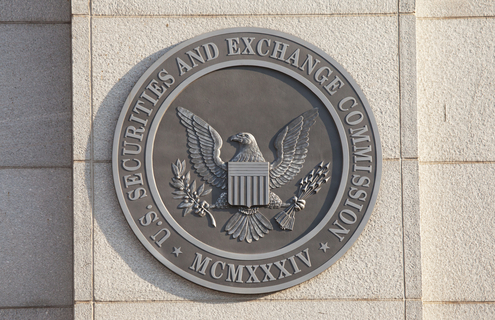The US has moved to the shorter settlement cycle of T+2, after the Securities and Exchange Commission (SEC) formally introduced widely expected rule amendments.
The amendment of Rule 15c6-1(a), which was introduced yesterday (22 March), is designed to enhance efficiency, reduce risk, and ensure a coordinated and expeditious transition by market participants.
Broker-dealers will be required to comply with the amended rule from 5 September, as recommended by the SEC’s industry steering committee.
From that date, all securities sales contracts must assume a T+2 settlement cycle unless otherwise expressly agreed to by the parties at the time of the transaction.
The rule change includes transactions for stocks, bonds, municipal securities, exchange-traded funds, certain mutual funds, and limited partnerships that trade on an exchange.
Members of the SEC’s industry steering committee, including the Depository Trust & Clearing Corporation (DTCC) and the Securities Industry and Financial Markets Association, were quick to praise the commission on the amendment.
In a joint statement on the rule change, the committee said: “Shortening the time it takes to settle trades from the current three-day cycle, known as T+3, to T+2 will provide significant benefits to investors and market participants. A shorter settlement timeframe will reduce credit, market and liquidity risks, promote financial stability, and align the US with other T+2 settlement markets across the globe.”
DTCC noted that, given the lower levels of risk associated with a shorter settlement cycle, the move will reduce the average daily capital requirements for clearing trades through DTCC's National Securities Clearing Corporation (NSCC) by 25 percent, or $1.36 billion.
Murray Pozmanter, head of clearing agency services and global operations and client services at DTCC, stated: “We are pleased to see the SEC take important action to align the US settlement cycle with other key markets around the globe. We commend acting chairman Piwowar and commissioner Stein for their dedication and leadership on this issue. This critical step will ensure that market participants are working towards a common goal, which will ultimately reduce risks and costs for the benefit of the industry.”
Stein, speaking ahead of the vote on the adoption of the T+2 amendment, of which she was a central player, praised the initiative to tackle counterparty risk, but concluded that, due to the technology that now exists in financial markets, trimming one day from the standard cycle should only be considered a stop-gap solution.
“Today’s amended rule is an attempt to catch up with technology developments in the world around us. The current settlement cycle standard of three days after a trade is woefully behind the times. Currently, standards vary around the globe, but most are moving to shorter settlement cycles,” said Stein.
Stein also recommended a new study be completed into what “further improvements” could be made. The results of the study are due within three years of the T+2 compliance date.
“While movement to a T+2 standard settlement cycle is an improvement from the current T+3 standard, more can and should be done. At this very moment, technological, operational, and communications improvements exist that could enable T+1 and end-of-the-day settlement cycles,” Stein added.
 Image: Shutterstock
Image: Shutterstock 